 推荐消息更多>>
推荐消息更多>>负压气力输送设计原始条件
- 来源:https://www.sdxinlujx.com/ 日期:2024-11-03 发布人:创始人
负压气力输送用低于大气压力的空气作为输送介质;它是靠气源机械的吸气作用在管系中形成一定真空度,利用具有必要流速的运动空气,将物料从某地通过管道输送到一定距离的目的地的一种悬浮式气力输送系统。恒通粉体建议掌握负压气力输送设计原始条件后进行设计,掌握原始条件全方面考虑有利于气力输送稳定:
Negative pressure pneumatic conveying uses air at a pressure lower than atmospheric pressure as the conveying medium; It is a suspended pneumatic conveying system that relies on the suction effect of gas source machinery to form a certain degree of vacuum in the piping system, and uses moving air with necessary flow rate to transport materials from a certain place through pipelines to a certain distance destination. Hengtong Powder suggests mastering the original conditions of negative pressure pneumatic conveying design before proceeding with the design. Having a comprehensive understanding of the original conditions is beneficial for the stability of pneumatic conveying
1. 输送物料的物理化学特性:品名、平均粒度与粒度分布、颗粒形状与表面状态、流动性、粘结性与凝聚性、堆密度、密度、堆积角和摩擦角、含水量、吸湿性和潮解性、硬度及磨削性、破碎性和允许的破损程度、腐蚀性、静电效应、爆炸性、毒性等。这些因素有利于确定合适的气力输送设备结构形式、供料设备类型、部件尺寸及材料、输送风速的选定等。
1. Physical and chemical properties of conveyed materials: product name, average particle size and particle size distribution, particle shape and surface state, flowability, adhesiveness and cohesiveness, bulk density, density, stacking angle and friction angle, moisture content, hygroscopicity and deliquescence, hardness and grindability, fragmentation and allowable degree of damage, corrosiveness, electrostatic effect, explosiveness, toxicity, etc. These factors are beneficial for determining the appropriate structural form of pneumatic conveying equipment, type of feeding equipment, component size and material, and selection of conveying wind speed.
2. 输送量:了解车间年输送量或港口泊位年吞吐量,到货不平衡系数,昼夜总输送量及作业时间,每小时最大和平均输送量等,以便确定所需气力输送设备台数及其计算生产率。
2. Conveying capacity: Understand the annual conveying capacity of the workshop or the annual throughput of the port berth, the arrival imbalance coefficient, the total conveying capacity and operation time day and night, the maximum and average conveying capacity per hour, etc., in order to determine the required number of pneumatic conveying equipment and calculate their productivity.
3. 输送起点和终点的具体情况:应了解装置前后机械连接、供料及接运情况、船型资料、船口尺寸及后方存仓容量等。
3. Specific information about the starting and ending points of transportation: It is necessary to understand the mechanical connections before and after the device, the feeding and transportation situation, the ship type information, the size of the ship mouth, and the storage capacity at the rear.
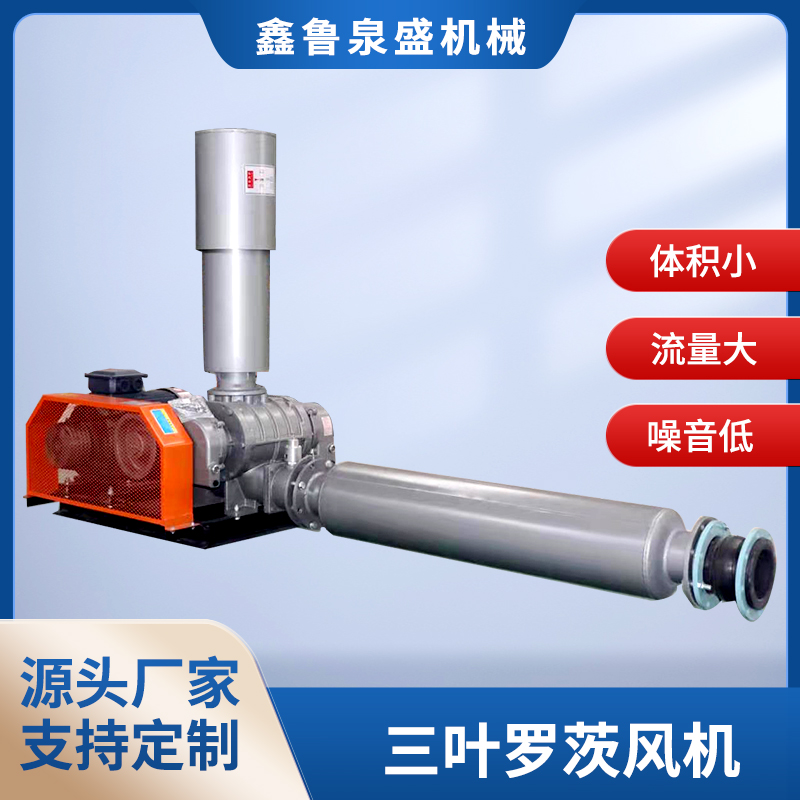
4. 安装地点的情况:了解厂房工艺设备布置及其平面设计图;了解港口码头承载能力、铁路线布置情况,潮汐、水位差及雨天、台风、气温变化等有关水文气象资料。露天安装的设备,考虑采用防雨耐腐结构。
4. Installation location: Understand the layout of the factory's process equipment and its floor plan design; Understand the carrying capacity of port terminals, the layout of railway lines, as well as hydrological and meteorological data related to tides, water level differences, rainy days, typhoons, temperature changes, etc. For equipment installed outdoors, consider using a rainproof and corrosion-resistant structure.
5. 运输距离和管路布置情况:根据工艺流程的要求,了解装置所需的水平、铅垂输料管输送长度,弯管数量及转弯角度等。根据其他设备情况了解装置架空高度及总体布置要求;进行总体布置时,应注意在符合工艺要求条件下,尽可能减小输送长度及弯管数量,在整体上还要注意不得妨碍其他设备及现场交通,且易于检修、进行部件更换等作业。
5. Transportation distance and pipeline layout: According to the requirements of the process flow, understand the required horizontal and vertical conveying length, number of bends, and turning angles of the conveying pipes for the device. Understand the overhead height and overall layout requirements of the device based on the situation of other equipment; When making the overall layout, attention should be paid to minimizing the conveying length and number of bends as much as possible while meeting the process requirements. In addition, attention should be paid to not obstructing other equipment and on-site traffic, and making it easy to maintain and replace components.
6. 设备运转管理条件:了解自动控制、遥控和联锁、设备修理、保养要求等。对大型设备及作业时间长、连续供料的装置,其前后方连接设备一定要有安全联锁装置。
6. Equipment operation management conditions: Understand automatic control, remote control and interlocking, equipment repair, maintenance requirements, etc. For large equipment and devices with long operating hours and continuous feeding, safety interlock devices must be installed on the front and rear connecting equipment.
7. 电源:了解当地供电方式及电压等情况。
7. Power supply: Understand the local power supply mode and voltage situation.
8. 所能获得的标准件或机电配套件等情况:了解装置所需的各种电机配套件和有关部件零件等,在保证性能要求和质量条件下,应优先选用现有的标准产品,减少非标零部件设计和其制造的数量。
8. Information on standard parts or electromechanical components that can be obtained: Understand the various motor components and related parts required for the device, and prioritize the use of existing standard products while ensuring performance requirements and quality conditions, reducing the number of non-standard component designs and manufacturing.
9. 其他特殊条件和要求:对噪声和粉尘处理要求,高温及严寒的影响,如气温有可能接近露点的情况,为防止凝结水珠对布袋除尘器的影响,应采取保温或加热措施。
9. Other special conditions and requirements: Requirements for noise and dust treatment, as well as the impact of high temperature and severe cold, such as when the temperature may approach the dew point, insulation or heating measures should be taken to prevent condensation droplets from affecting the bag filter.
- 上一篇: 气力输送系统价格由哪些因素决定?
- 下一篇: 负压气力输送生产的一些关键技术


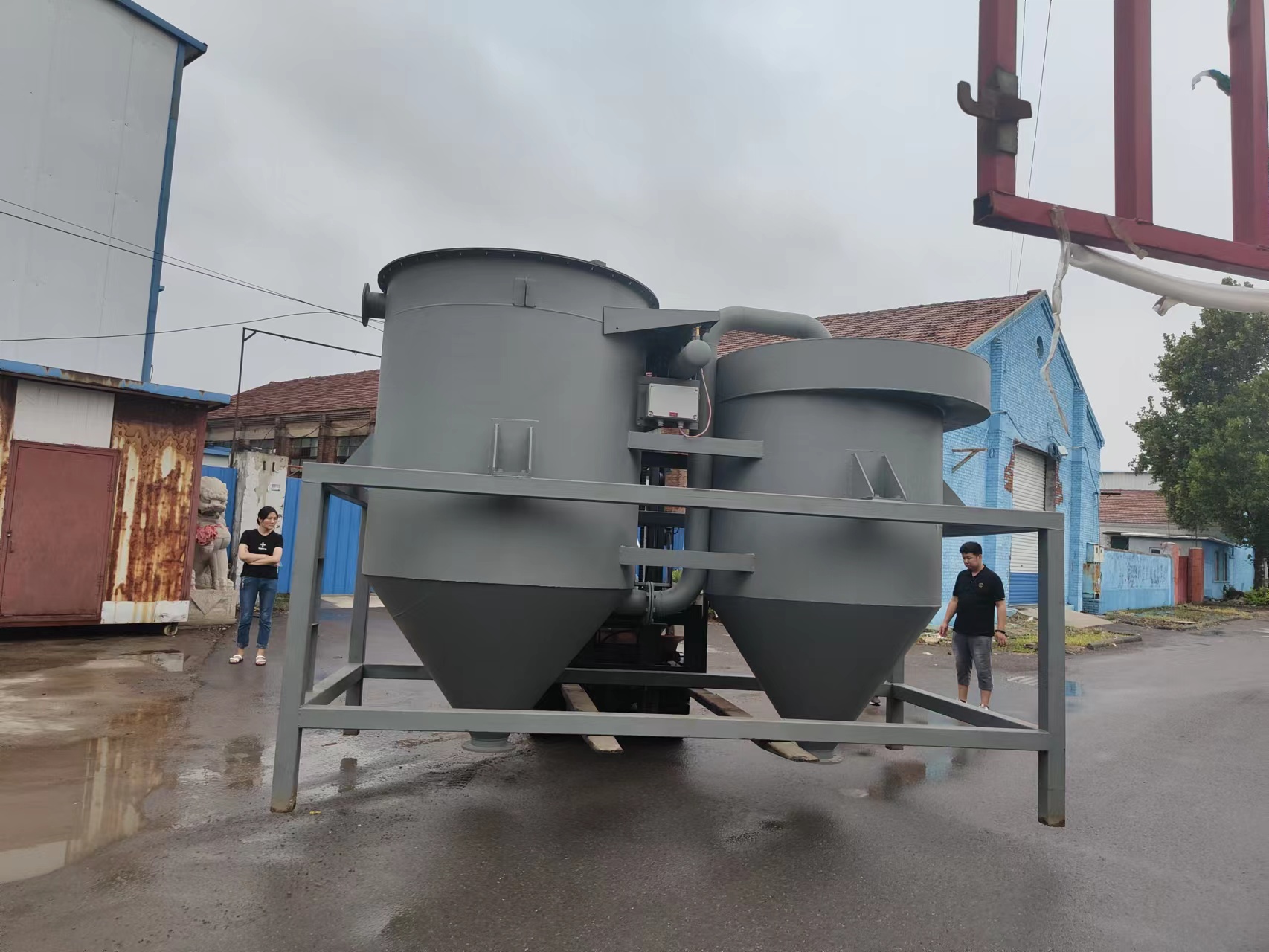
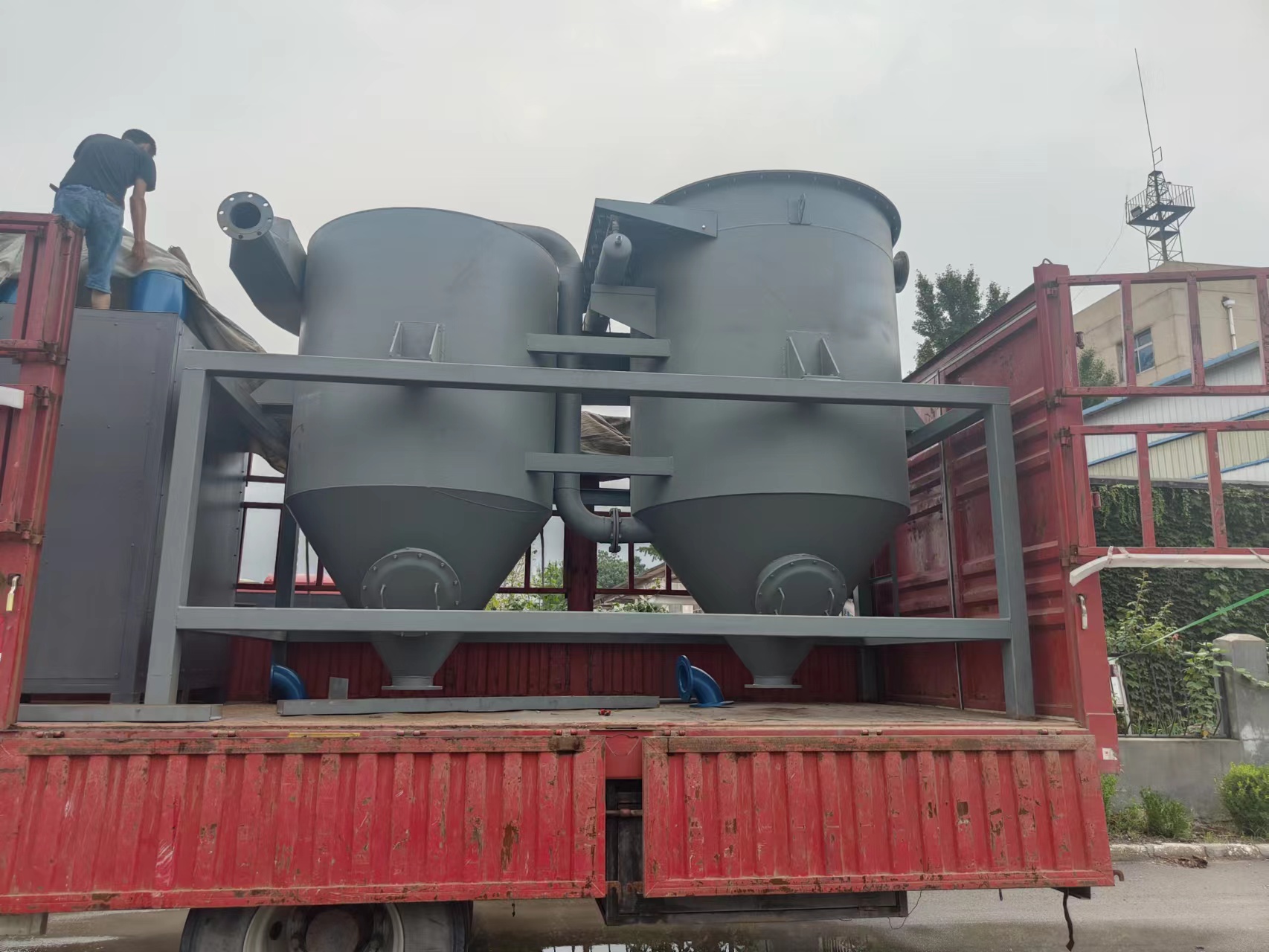
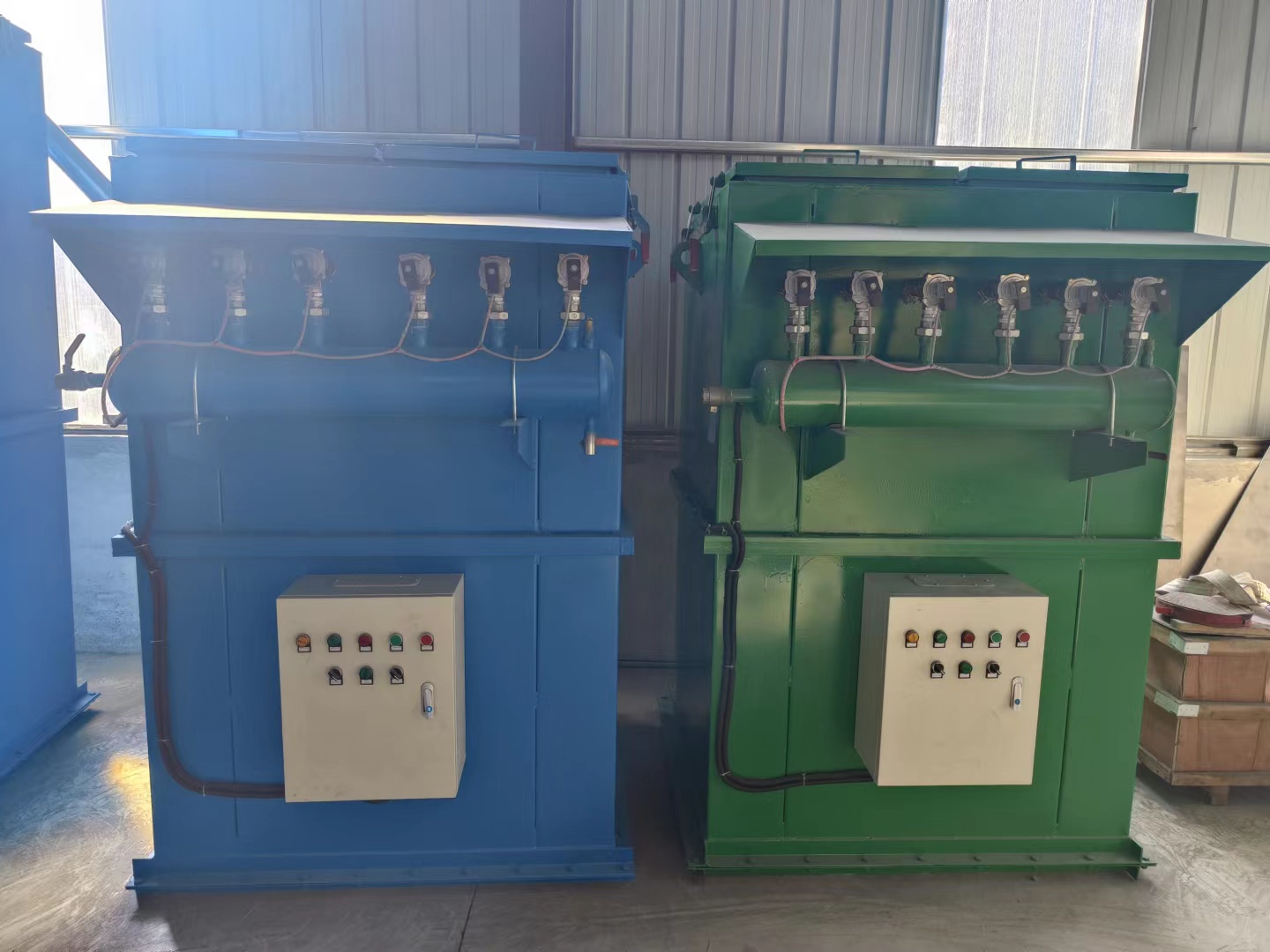
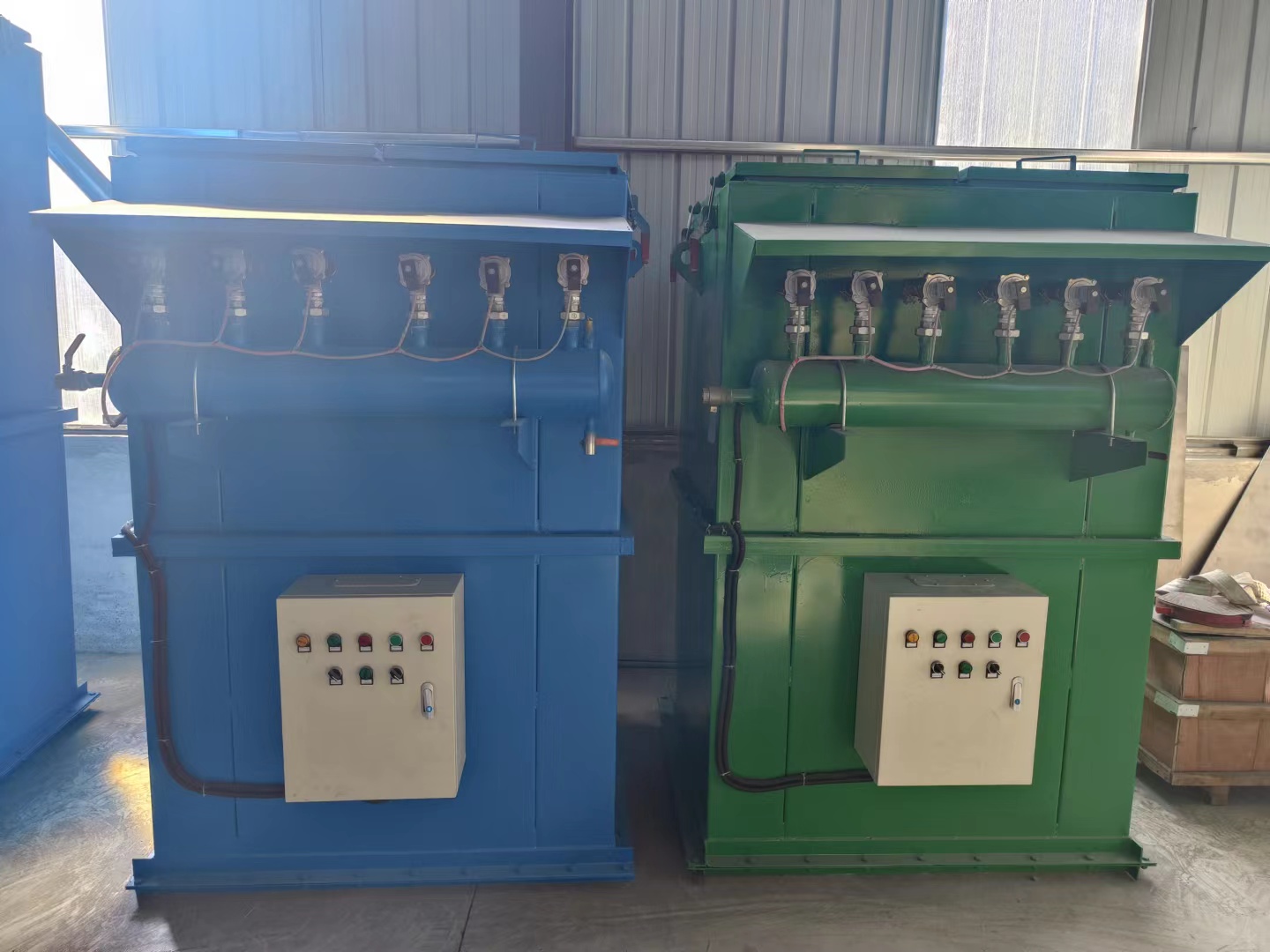
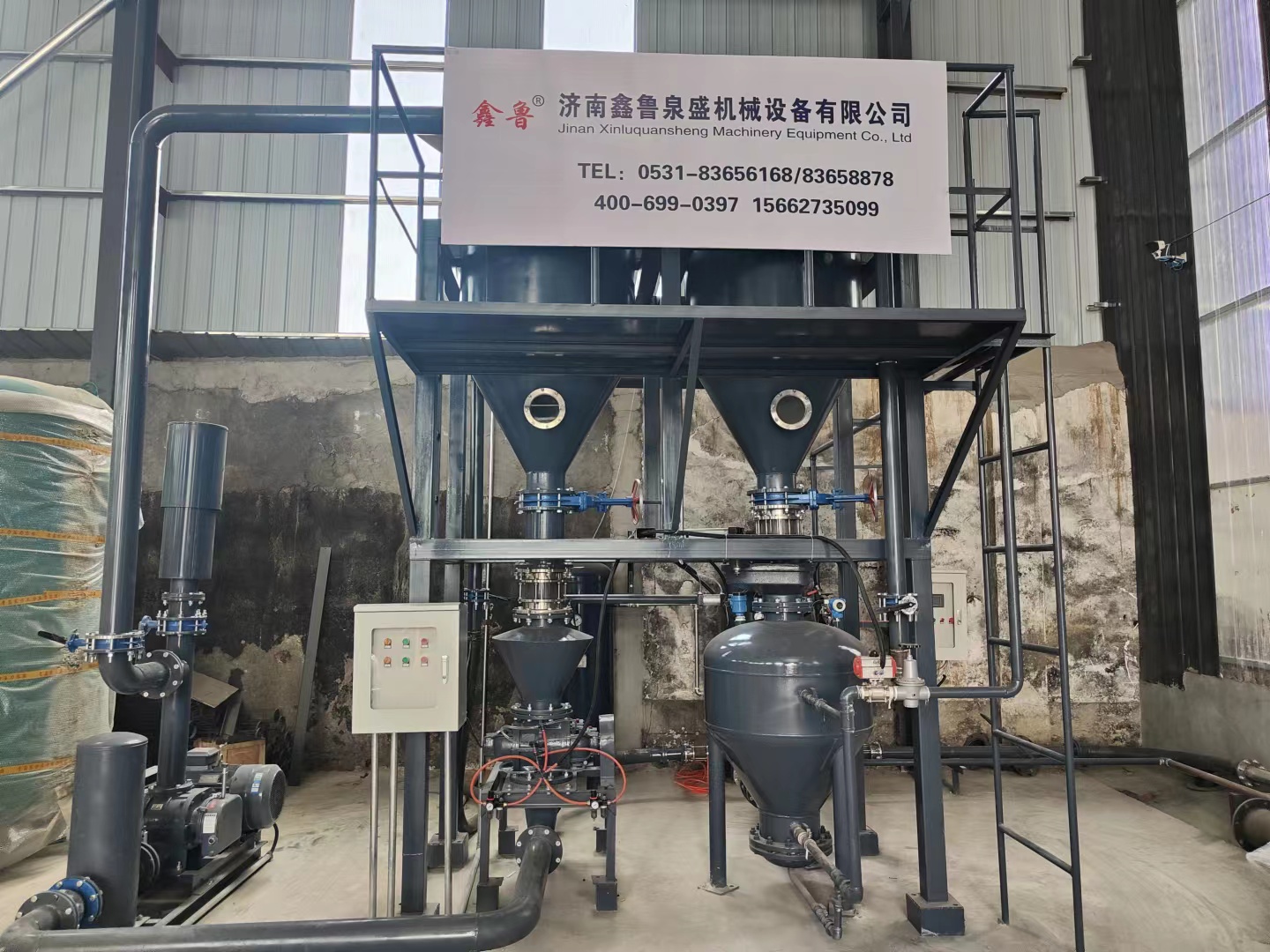
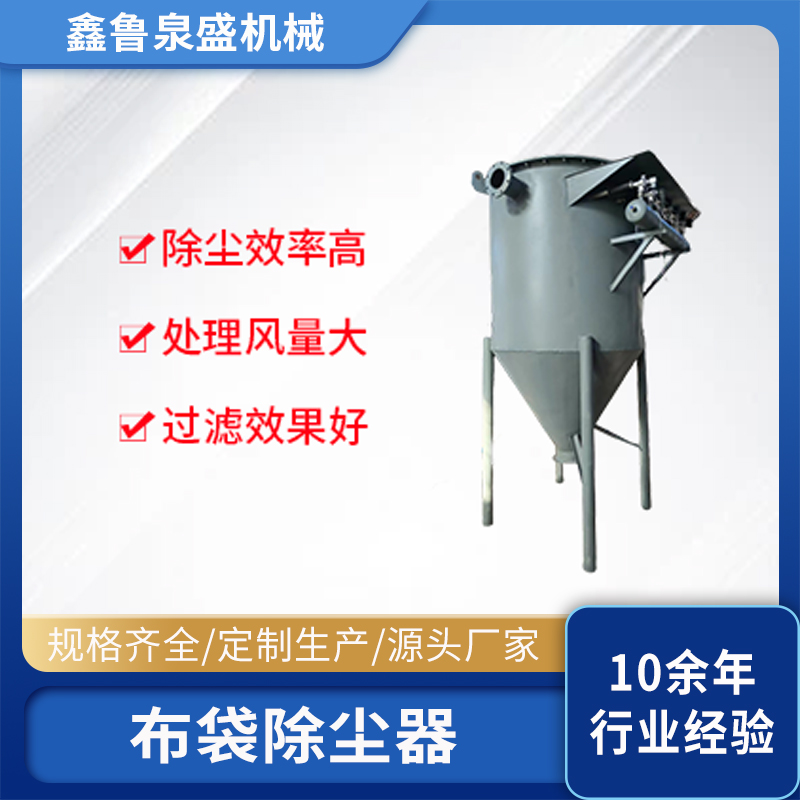
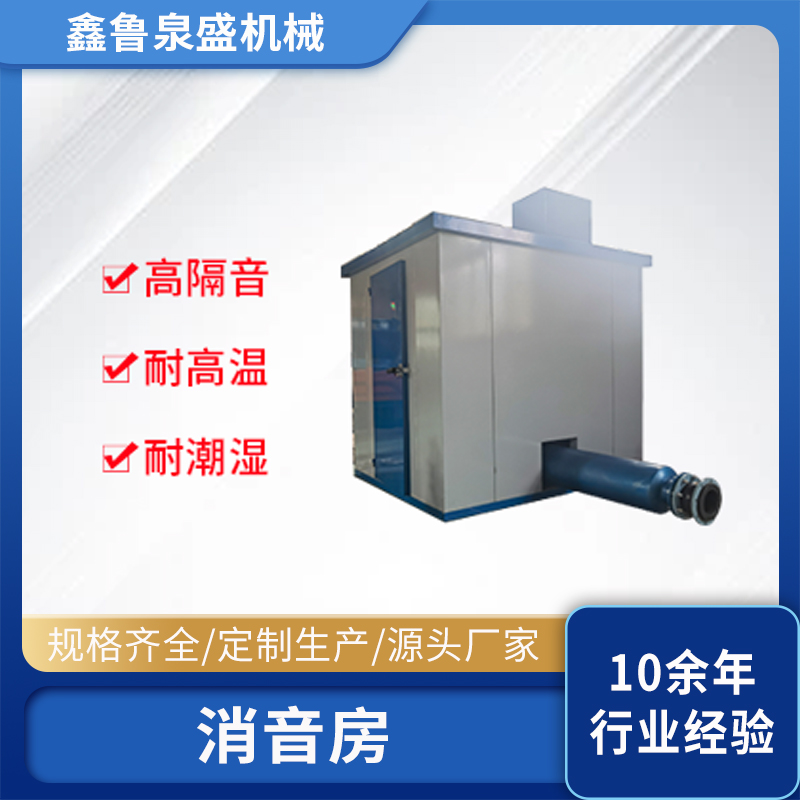
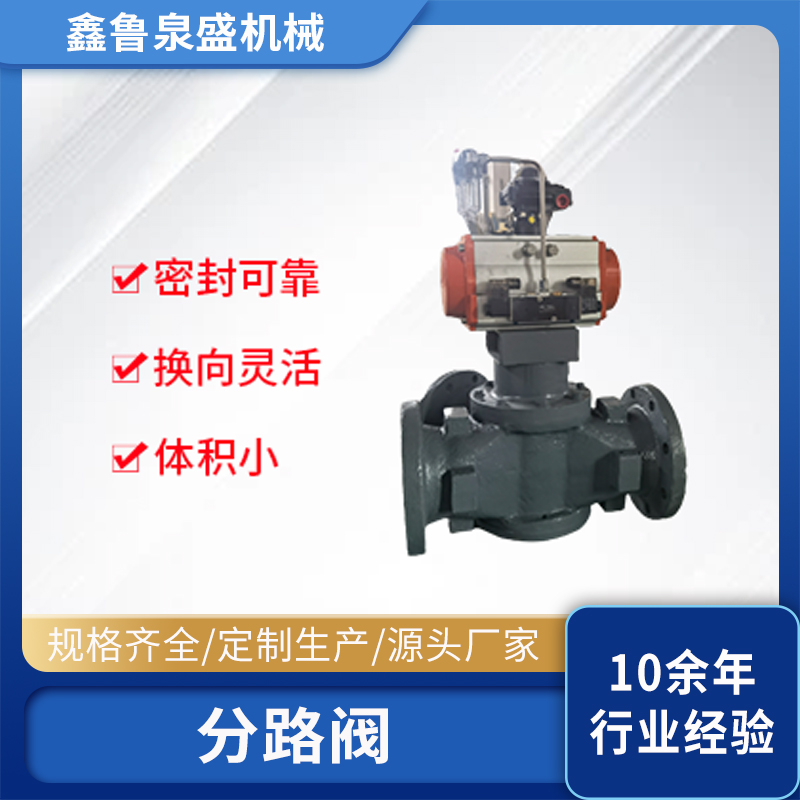
 扫码微信沟通
扫码微信沟通